Kilimanjaro National Park
Kilimanjaro National Park is a renowned protected area located in northeastern Tanzania, near the town of Moshi. Established in 1977, the park covers an area of approximately 1,668 square kilometers (642 square miles) and is named after its most prominent feature, Mount Kilimanjaro. The park’s main attraction is the majestic Mount Kilimanjaro, the highest freestanding mountain in the world and the tallest peak in Africa, rising to an impressive height of 5,895 meters (19,341 feet) above sea level.
Since the 1920s, Lake Manyara area was used for sports hunting. In 1957, a game reserve was established. In 1960, it was given National Park status and in 1974 about 550 ha (1,400 acres) were added to the southern end. The majority of the land area of the park is a narrow strip running between the Gregory Rift wall to the west and Lake Manyara, an alkaline lake, to the east. The national park only includes the northwest quadrant of the lake, about 200 km2 (77 sq mi). It is part of the much larger Lake Manyara Biosphere Reserve, established in 1981 by UNESCO as part of its Man and the Biosphere Programme
While Mount Kilimanjaro is renowned for its towering peak, the park also offers a rich array of wildlife on its lower slopes and surrounding plains. Visitors have the opportunity to spot wildlife such as elephants, buffalos, leopards, monkeys, baboons, and various antelope species. With over 750 bird species, Kilimanjaro National Park is also a paradise for birdwatchers, making it one of Africa’s top birdwatching destinations.
Kilimanjaro National Park holds cultural significance for the local Chagga people, who have inhabited the region for centuries. Their livelihoods have been intertwined with the mountain, and visitors can engage in cultural tours to learn about their traditions, customs, and daily life.
The park offers a challenging and rewarding climbing experience for adventurers from around the world. Kilimanjaro Routes led climbers through breathtaking landscapes and provide a sense of accomplishment upon reaching the summit, Uhuru Peak.
In addition to climbing the mountain, visitors can engage in various activities, such as wildlife viewing, birdwatching, cultural tours, nature walks, and stargazing. The park offers a unique blend of adventure, natural wonders, and cultural encounters for travelers of all interests.
Kilimanjaro National Park stands as a captivating destination that showcases the grandeur of Mount Kilimanjaro, diverse ecosystems, abundant wildlife, and a rich cultural heritage, providing an unforgettable journey to the roof of Africa.
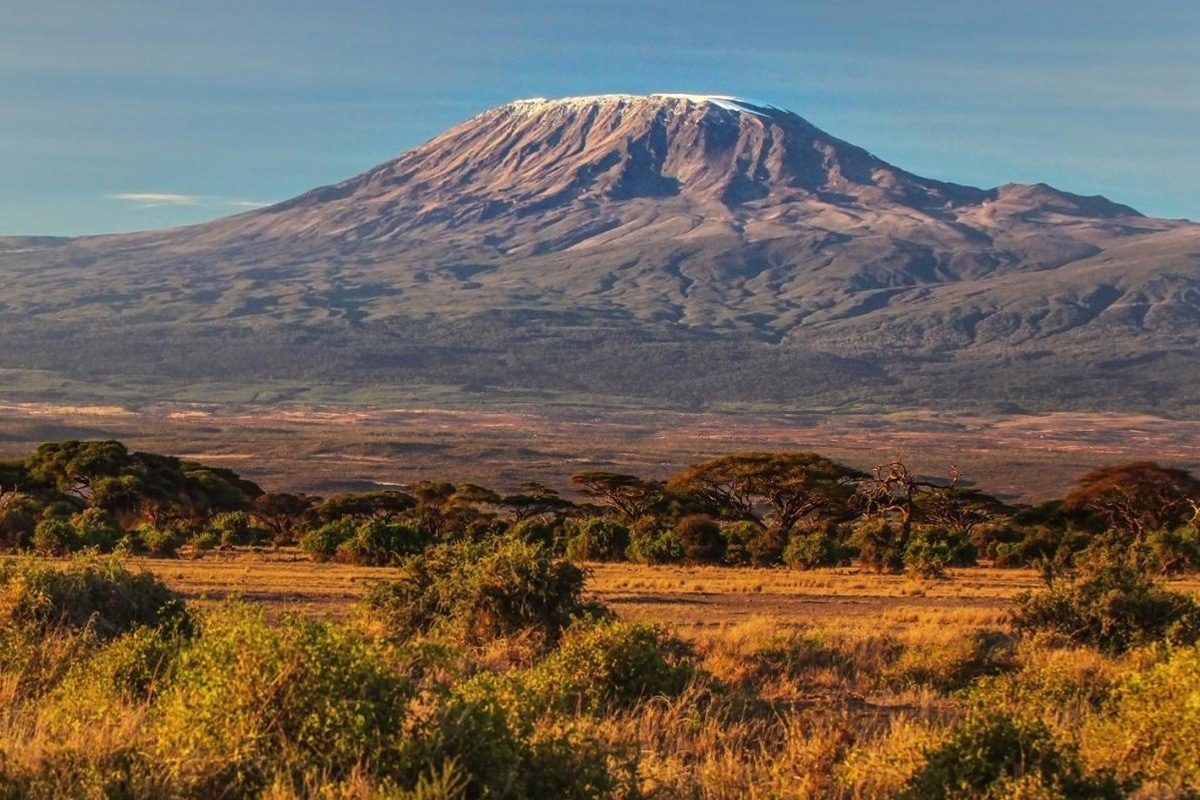
Highlights
- Glacial Features: Despite its location near the equator, Mount Kilimanjaro is home to several impressive glaciers and the famous ice cap, attracting visitors with its surreal beauty.
- Volcanic Landscapes: Explore the unique volcanic formations and lava flows on the lower slopes, showcasing the mountain's geological history.
- Summit Sunrise: Witness breathtaking sunrises from the summit of Uhuru Peak, where the vast African landscape unfolds before your eyes.
- Lava Tower: An impressive lava formation along the trekking routes, offering a distinctive landmark and an opportunity for acclimatization.
- Shira Plateau: Enjoy the stunning expanse of the Shira Plateau, a high-altitude desert with remarkable vistas of the surrounding landscape.
- Kibo Crater: Gaze into the massive volcanic caldera of Kibo, the highest cone of Kilimanjaro, providing a sense of wonder at the mountain's grandeur.
- Local Guides and Porters: Experience the warmth and expertise of local guides and porters, who play an integral role in supporting climbers during their ascent.
- Rainforest Treks: Explore the enchanting rainforests on the lower slopes, with lush vegetation and the chance to spot diverse wildlife, including monkeys and birds.
- Mawenzi Tarn: A picturesque campsite located near the Mawenzi Peak, offering tranquility and breathtaking views of the rugged landscape.
- Cultural Tours: Engage in cultural tours to gain insight into the customs, traditions, and daily life of the Chagga people, enhancing your understanding of the region's heritage.
- Unique Flora: Encounter unique plant life, such as the endemic giant lobelias and senecios, adding to the park's ecological diversity.
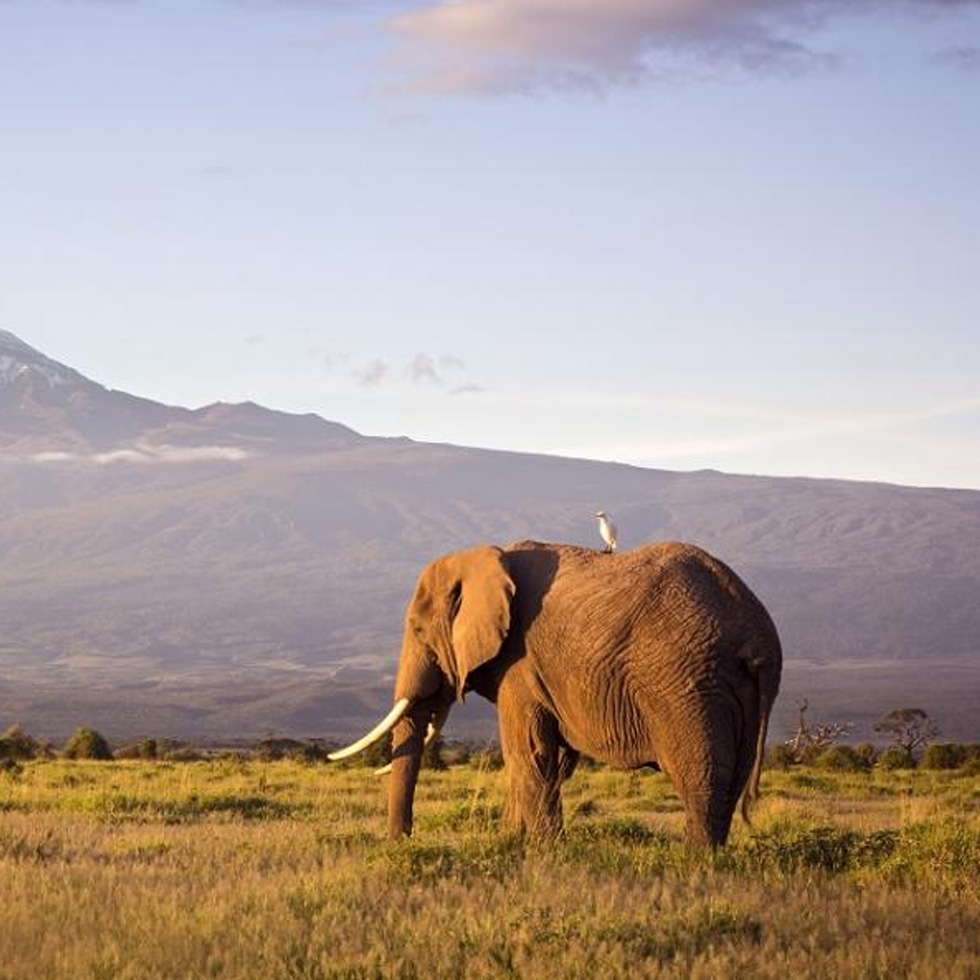

More Information
Kilimanjaro National Park offers a range of activities that cater to different interests and preferences. Whether you are a climber, wildlife enthusiast, nature lover, or culture seeker, there are activities for everyone to enjoy. Here are some of the top activities to do in Kilimanjaro National Park:
Climbing Mount Kilimanjaro: The main attraction of the park is climbing Mount Kilimanjaro, an unforgettable adventure that takes you through diverse landscapes and climatic zones to reach the summit.
Wildlife Viewing: Embark on game drives and guided walks to spot wildlife such as elephants, buffalos, monkeys, baboons, and various antelope species.
Birdwatching: With an impressive variety of bird species, birdwatching is a rewarding activity in the park. Join a birdwatching tour to observe colorful and rare birds.
Cultural Tours: Immerse yourself in the local Chagga culture by visiting nearby villages, interacting with locals, and learning about their traditions and daily life.
Nature Walks and Hikes: Explore the lower slopes of the mountain through guided nature walks and shorter hikes, allowing you to experience the lush rainforests and diverse flora up close.
Scenic Drives: Enjoy picturesque drives through the park, offering stunning views of the landscapes and wildlife.
Sunset and Sunrise Viewing: Witness breathtaking sunrises and sunsets from various vantage points, creating unforgettable moments.
Photography: Capture the beauty of Kilimanjaro’s landscapes, wildlife, and cultural experiences through photography.
Visiting Waterfalls and Hot Springs: Explore the nearby waterfalls and relax in natural hot springs around the Moshi region.
- Reptiles and Amphibians
- Bushbabies
- Hyenas
- Antelopes
- Elephants
- Buffalos
- Leopards
- Monkeys
- Baboons
In Summary, Kilimanjaro National Park is a remarkable destination that showcases the awe-inspiring grandeur of Africa’s highest peak, Mount Kilimanjaro. With its diverse ecological zones, unique flora, and elusive wildlife, the park offers an unforgettable adventure for trekkers and nature enthusiasts. This UNESCO World Heritage Site is a true testament to the continent’s natural beauty and should be on every traveller’s bucket list.
The park boasts a remarkable diversity of ecosystems due to its varying altitudes. Climbers ascending the mountain pass through distinct climatic zones, each characterized by unique vegetation and wildlife. The lower slopes are covered in lush rainforests, home to a variety of flora and fauna. As the altitude increases, the landscape transitions into moorlands, alpine deserts, and eventually the arctic zone near the summit.
Suggested Safari Packages
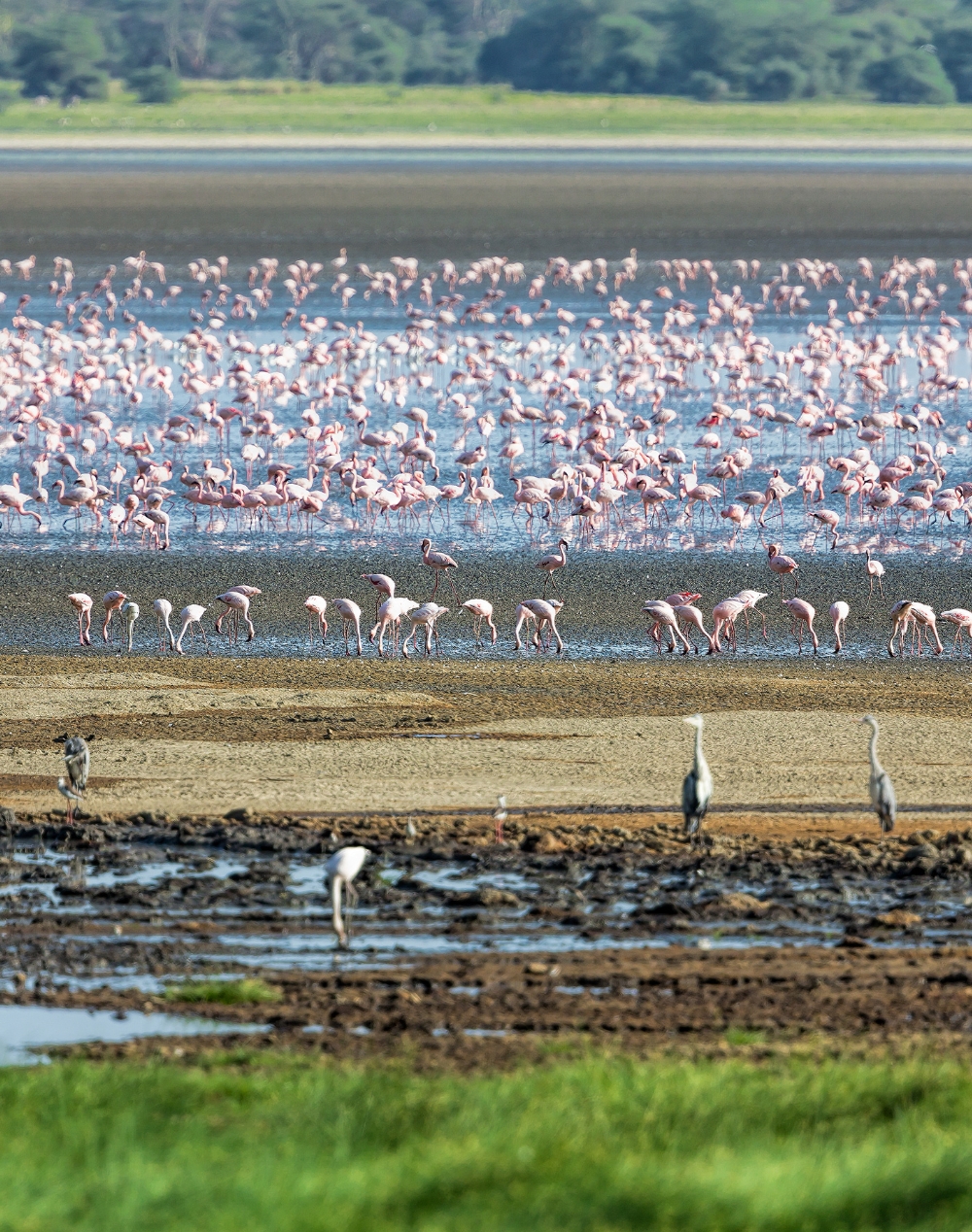
Aenean et tortor at risus viverra. Nec ultrices dui sapien eget mi proin sed libero. Egestas maecenas pharetra convallis...
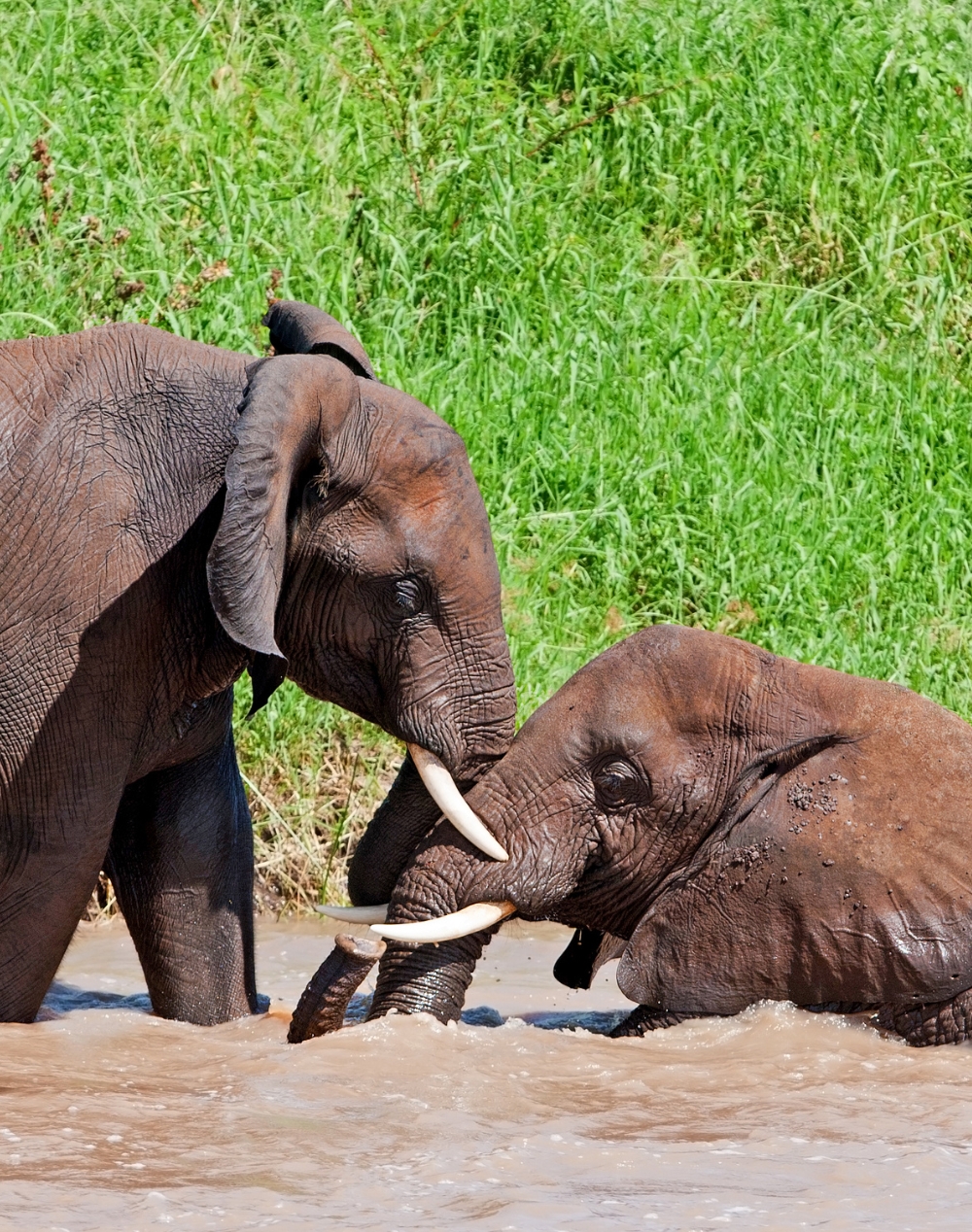
Aenean et tortor at risus viverra. Nec ultrices dui sapien eget mi proin sed libero. Egestas maecenas pharetra convallis...
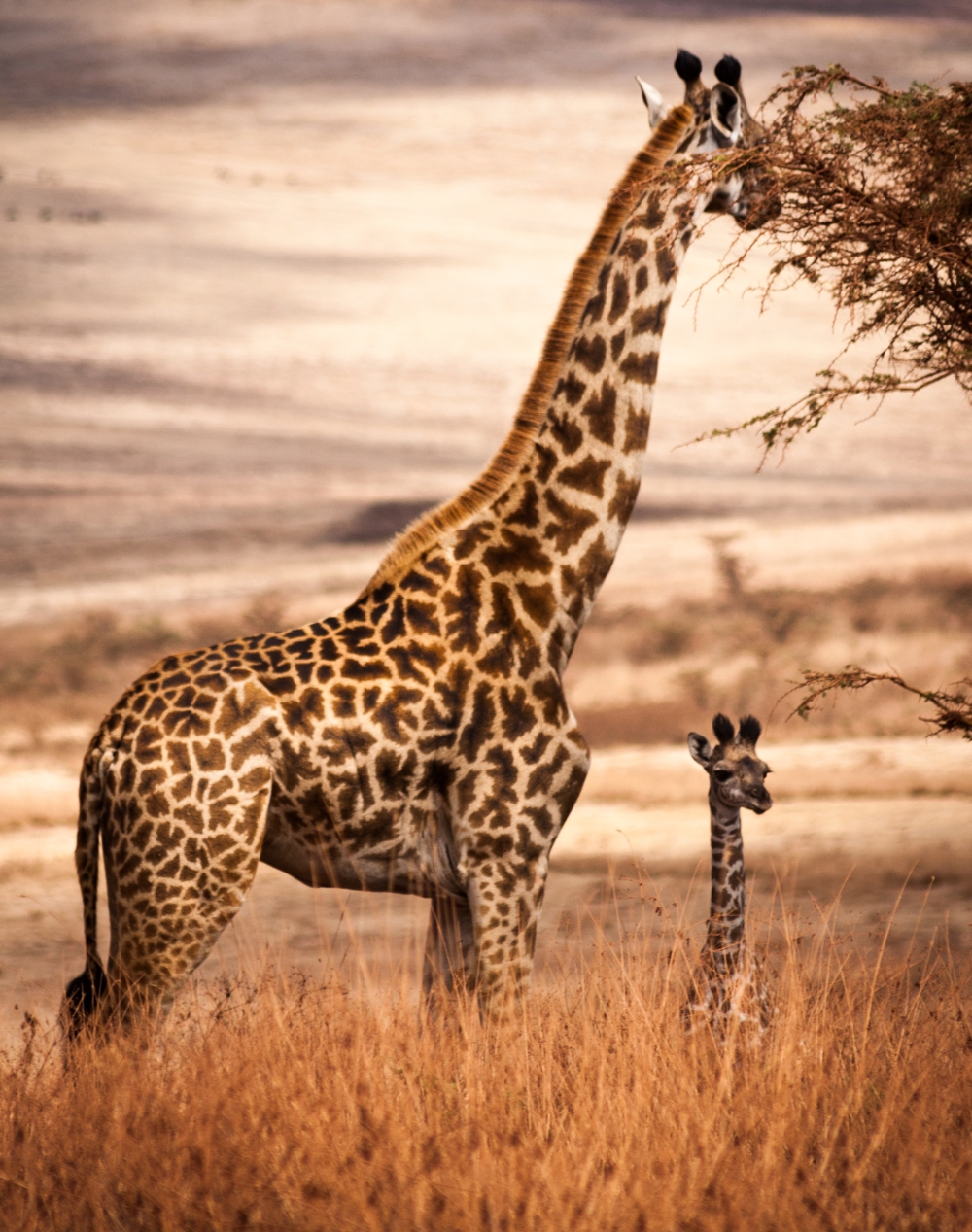
Aenean et tortor at risus viverra. Nec ultrices dui sapien eget mi proin sed libero. Egestas maecenas pharetra convallis...


